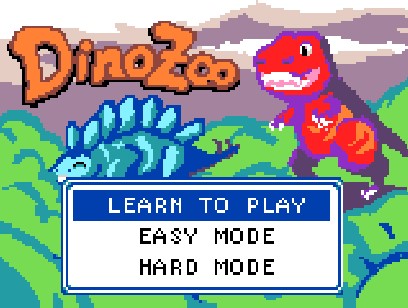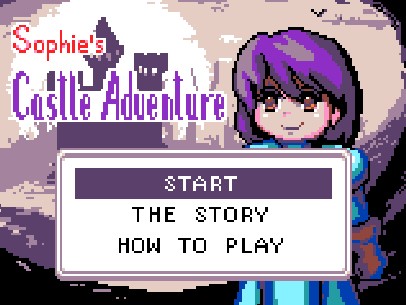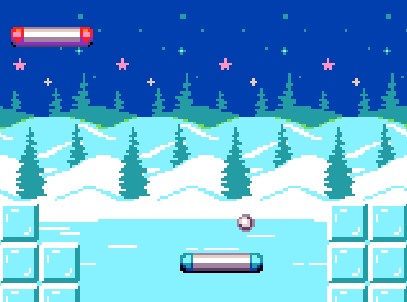This is going to be a periodically updated list of all the MakeCode Arcade games that I’ve ever made, including a direct link so it can be played […]
It’s a gift.
I think… I think I’m done. It’s a little Vampire Survivor clone (I guess someone invented a genre title, Horde games, for this now) that started out as […]
In The Beginning
Wall 2 was one of the first games I created, all the way back in 1996. It’s an unholy mashup of Breakout and Pong that doesn’t quite hold […]
This Simultaneously Amuses and Infuriates Me.
I’ve started making games again since Adobe Flash died a horrible death, so that’s exciting. There’s tons that I want to write about in the days to come […]
Design Diary Monday: A Different Kind of Design
No game design happened today… I’ve spent the day learning about how the original Flash Duel player track came to be instead, on the Flash Duel forums. The […]
Design Diary Monday: From Pirates to Bar Fights in Less Than Seven Days
Before I move on from Pirates to Bar Fights, let me finish explaining how the revised pirates duel work. The trinity (Strike, Parry, Focus) forms the core of […]
Design Diary Monday: Revising Rock Paper Scissors Since 2012
Human creativity is weird. If you force yourself to think about new solutions to a problem sometimes all you can get are dumb fixes… but if you step […]
Design Diary Tuesday: I Hate You, Drawing Board
… but it looks like I’ll be going back to it for a bit. (this is game in progress that’s being discussed, just as a refresher) There’s currently […]
(Belated) Design Diary Monday: I Am Not a Wizard With Spreadsheets
One of the many weaknesses I have with game balancing is I have an extremely poor background in statistics, and apparently statistics is all the rage as far […]
(Belated) Design Diary Monday: Deception
Last Monday I began brainstorming ideas central to the Pirate movies, and after mulling over it for the rest of the week I’ve found the concept of deception to […]




